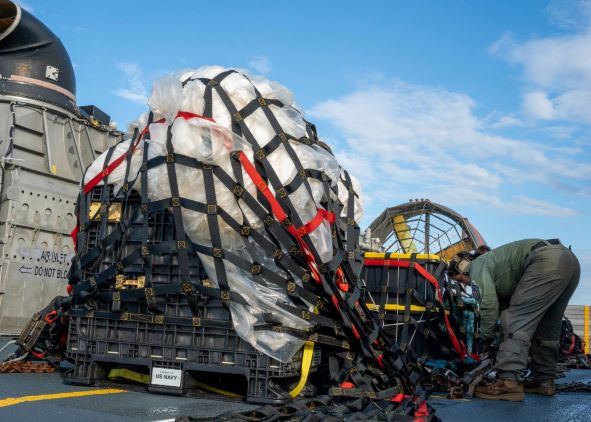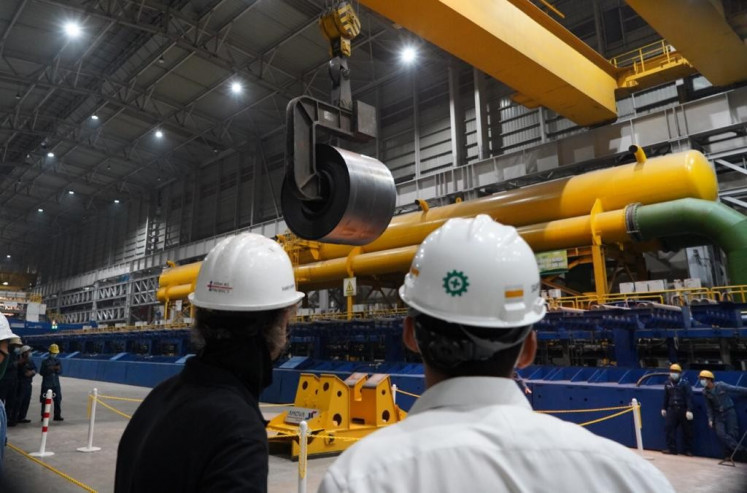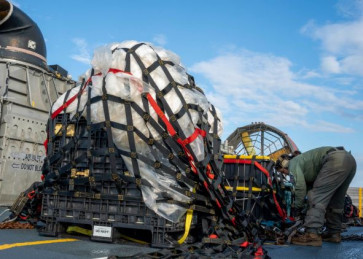Popular Reads
Top Results
Can't find what you're looking for?
View all search resultsPopular Reads
Top Results
Can't find what you're looking for?
View all search resultsChinese balloon row: Time to determine vertical delimitation in ASEAN
The shooting down of the Chinese balloon seems to have encouraged spatial doctrine as legal grounds to safeguard national defense.
Change text size
Gift Premium Articles
to Anyone
O
n Feb. 4 the United States Air Force shot down a Chinese meteorological balloon flying over US airspace. This incident has since triggered fears about the worsening US-Sino relationship in the middle of tensions between the two giants in the Asia-Pacific.
Balloon operation is permissible under the International Telecommunication Union through the World Radio Conferences of 1979. Furthermore, the balloon is categorized as a High-Altitude Pseudo-Satellite (HAPS), an object stationed at an altitude of 20 to 50 kilometers and a specified nominal, fixed point relative to the Earth according to ITU Radio Regulations No. 1.66A.
The incident reminds us of the outer space delimitation inquiry and how high air space, thus the air law regime, may apply. No delimitation has internationally been agreed upon this issue, nor has the Chicago Convention of 1944 as the Magna Charta of air law that is closely bound with the Regulation of Aerial Navigation of 1919, also known as the Paris Convention. Both refer to the ancient Roman maxim “Cuius est solum eius est usque ad coelum et ad inferos,” which means whoever’s is the soil, it is theirs all the way to Heaven and all the way to Hell.
The Outer Space Treaty of 1967 (OST 1967) is also tacit on the delimitation issue. Yet, horizontal delimitation over air space is described in Article 2 of the United Nations Convention on the Law of the Sea of 1982 (UNCLOS 1982). States have sovereignty over their airspace within their territorial waters, but there is no consensus on vertical delimitation.
The silence of global conventions pertaining to delimitation issues cannot be separated from its development when the conventions were negotiated, as there is a limitation on atmospheric and space science. Referring to the International Civil Aviation Organization (ICAO), most aircraft fly below FL600 or 20 km since there are physical limitations to modern jet engines that need air flowing through its turbine. Still, there is no issue with rocket engines and balloon technology as these machines do not need airflow.
Currently, there are two approaches to delimitation issues, namely spatial and functionalism. The former focuses on where the air law regime ends and the space law regime begins with an exact altitude referred to as a vacuum area. It is widely known as the von Karman Line (100-120 km).
The functionalist approach has a different view. The functionalist oversaw whether the object’s function and intention would be launched for space purposes or not. The functionalist approach rejects the idea of a demarcation line between air and outer space.



















